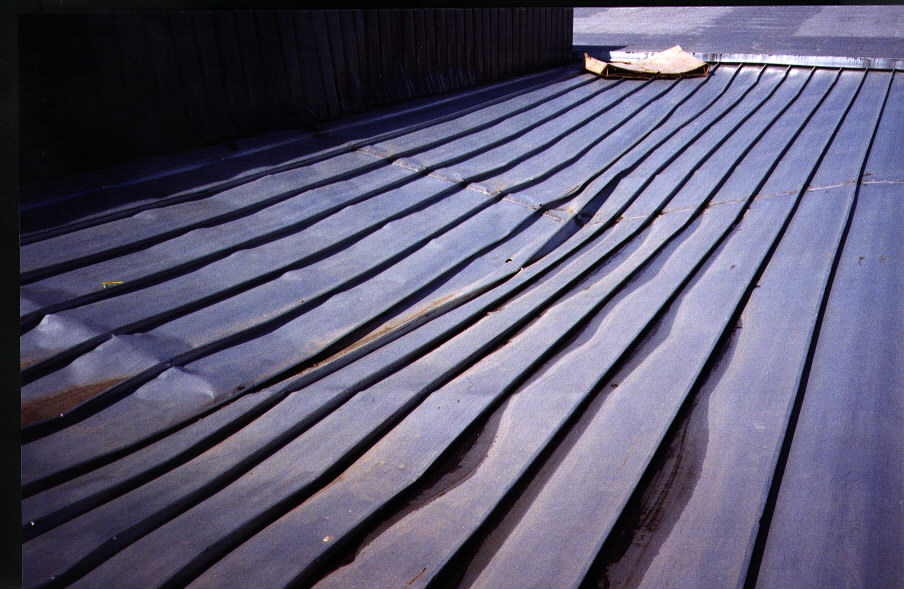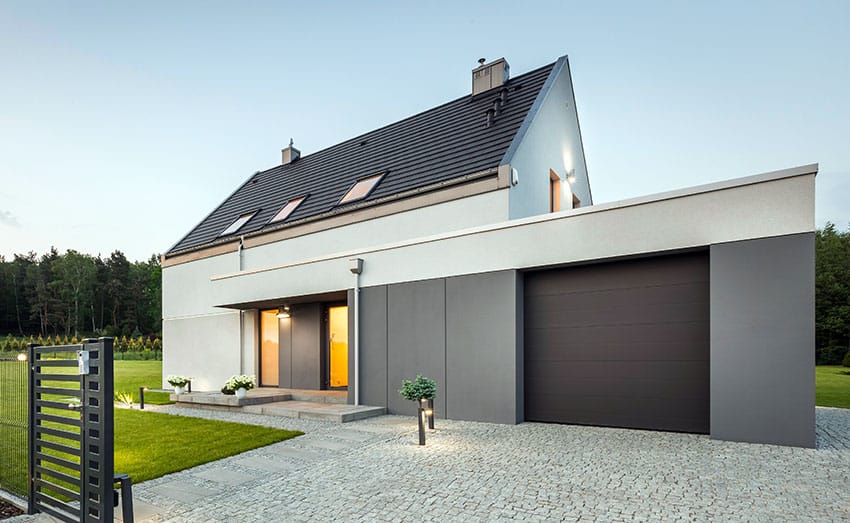This has more to do with weather conditions than pitch. snow can certainly slide off of a 4:12 roof. however, the larger factor is that when the sun comes out, radiant heat passes through the snow, is reflected outward, melts the snow from underneath and causes it to slide.. Snow tends to accumulate more on roofs with pitches of 14 degrees or less (~3:12 or less) because it cannot easily slide off. if you live in an area with a lot of annual snowfall, consider creating a steeper roof slope. also remember that metal roofs tend to shed snow more easily than shingled roofs.. Both snow retention items are sometime necessary. but without designing the snow retention based on accurate testing, you could be wishing you had that steep slope and metal roof (which was always intended to shed snow). it is critical that a designer specify enough snow retention devices based on the slope and snow load..
Gravity loads are generally a non-issue with low slope membranes other than the dead load of the ponded water, ice, or snow. with sloped metal roofs, the load of interest is that which might drag the metal panels downslope. when snow blankets a roof, a strong adhesive bond occurs between the snow blanket and the metal panels.. There are advantages and disadvantages to having a steep pitch versus a shallow, or low, pitch_,_ the most obvious of which is the roof's ability to shed or withstand heavy snow, rain or wind. basically, the steeper the pitch, the better it can shed snow and rain .. While the idea of protecting a building with metal originated centuries ago, the concept is still valid today. whether the goal is many years of low-cost, low maintenance, problem-free performance, or an environmentally responsible approach to roofing, low slope metal roofs make sense..

